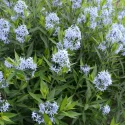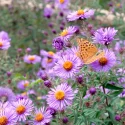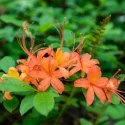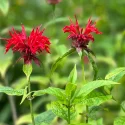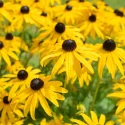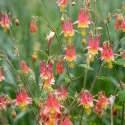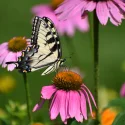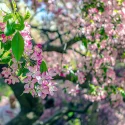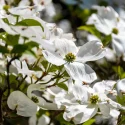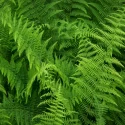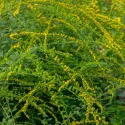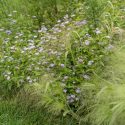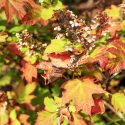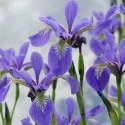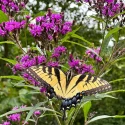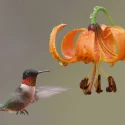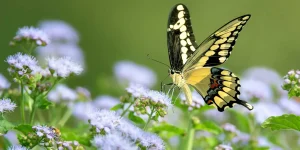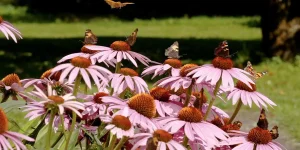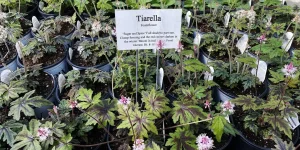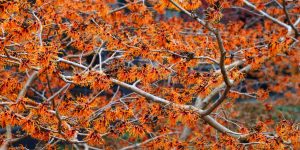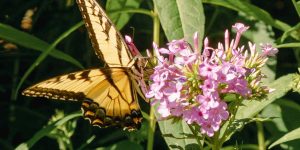About The Plant Native
What We Do
Everything we create is designed to remove barriers to native gardening. You don’t need a botany degree. You don’t need to overhaul your whole yard overnight. You just need to start.
At The Plant Native, we provide:
Science-backed profiles
Science you can plant on—native profiles built to help you grow with confidence.
Clear FAQs
Beginner-friendly, no-nonsense answers to common questions, so you can start planting with confidence.
Expert interviews
Hear from the people growing, researching, and leading the native plant movement—from nursery owners to restoration ecologists.
Native merch
Our online store supports native plant education—with free printable resources, original content sponsorships, and products designed for native plant lovers.
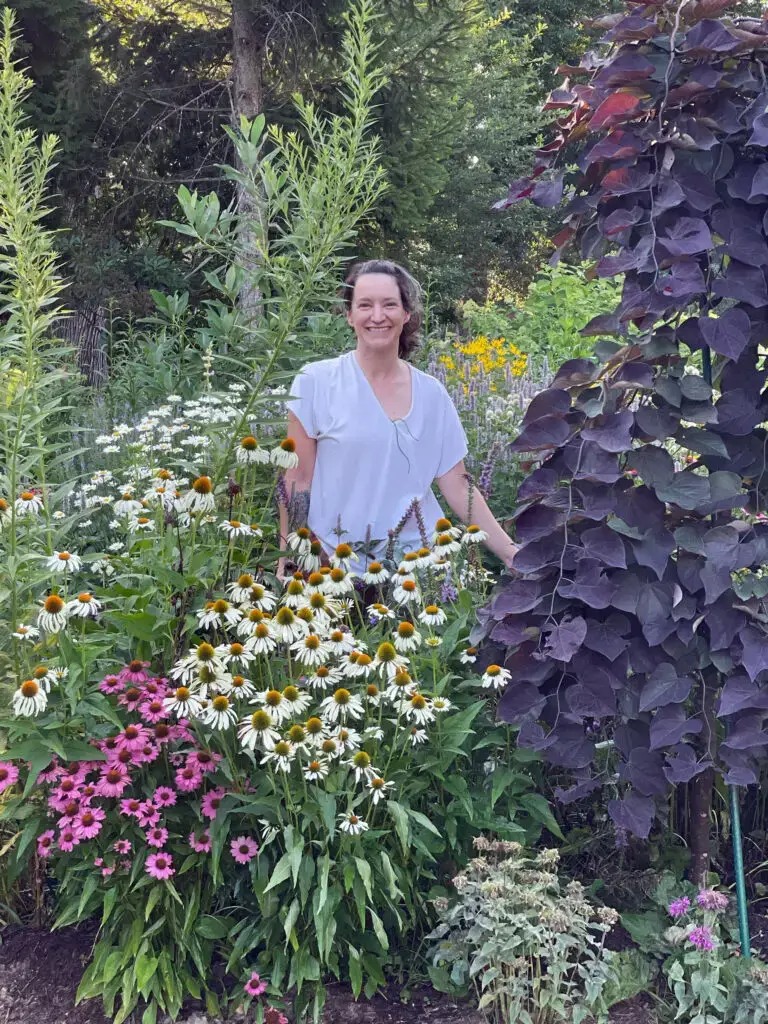
Meet the Founder
Hi! I’m Emily (Em) Lessard, the founder of The Plant Native. I’m a native plant advocate, a Certified Sustainable Landscapes professional (SLC), and on my way to a Native Perennial Garden Design Certificate from Temple University. My day job is co-founding and running Bellweather, an advertising agency helping mission-driven brands grow.
Like many, my journey into native plants started in my own yard. Six years ago, I dug up my lawn, removed invasive plants, and replaced them with native species. (English ivy is my forever nemesis.) The transformation was astonishing—within months, butterflies, birds, and beneficial insects returned in numbers I had never seen before. That’s when I realized:
🌿 Native plants are not just good for the environment—they’re easier to care for than traditional gardens.
🌿 Native gardening isn’t difficult—the challenge is finding clear, welcoming information to get started.
That’s why I created The Plant Native—to make it simple, enjoyable, and practical for anyone to grow native plants.
I get a lot of email (which I love!) Here are some questions I’ve answered before:
Can I sponsor or buy a post?
Sorry, right now, the site does not offer sponsored posts. If you’re interested in this potentially opening up, send me an email and I’ll let you know if the policy changes.
Can I advertise?
I’m noodling over advertising, but it’s not currently available. Email me, and I’ll let you know if this ever changes.
Who is financing this?
Ha! This site is entirely founder-funded. My dream is to turn it into a fully functioning, self-sustaining brand. You can help support by going to our new online shop and buying some native plant merch!
Since 2021, I’ve worked on this website almost every day in the early morning hours (and weekends). When I started the first year, the website received around 10 visitors daily (mostly from my friends and family). I’m blown away by the 100k monthly users who now visit.
Can I write for the site?
Love the interest! Email me and let me know what you’d like to help with.
Why should I listen to you?
A great question. You don’t!
If you’re after a botanist’s perspective or academic deep dives, this might not be your site. The Plant Native is written for real people planting real yards. We rely on trusted native plant sources and research, then turn that knowledge into clear, no-nonsense advice you can actually use.
We do have a strict policy of using reputable and transparent sources, though. For more, read our editorial promise (below).
The Plant Native Editorial Promise
Everything we publish is backed by trusted sources, native plant experts, and real gardening experience. Here’s what we stand behind:
- Scientific accuracy: We reference established resources, including the Lady Bird Johnson Wildflower Center, Xerces Society, USDA Plant Database, and leading native plant organizations. Sources are listed at the bottom of the articles.
- Beginner-friendly information: No jargon, no gatekeeping—just clear, practical advice.
- Constant updates: The world of native plants is always evolving, and so is our content. You’ll see the last edited date on every page.
If you ever spot an error or have a suggestion, reach out—we love learning and improving along with our community.
